Mackerel in garden design
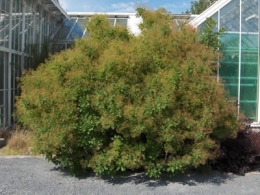
Mackerel is an astringent plant. It is a shrub that reaches a height of 5 meters. The leaves appear simple, alternate. Their length is from 3 to 8 cm, and their width is about 3-4 cm. Their edges are solid, the leaf is green on top and bluish below. They tend to change color, becoming yellow in late summer.
The flowers of this plant do not have any special characteristics; they are brown with a green tint, collected in panicles. The pedicels stretch out over time, and a beautiful fluffy inflorescence appears. The shrub also has egg-shaped fruits.
Content:
- Appearance of the scumpia
- Planting, propagation
- Rules for caring for scumpia
- Garden design and beneficial properties
Appearance of the scumpia
Skumpia can be compared to an elegant tree that has a branched crown. This shrub grows quite tall. If it grows in a subtropical climate, it can even reach up to 12 meters. Skumpia can live up to a hundred years. It stands out among other plants and trees with its beautiful leaves that have distinct veins.
Each season affects the shrub in its own way, painting it in different colors. By the end of autumn, it seems that this will be a completely different type of plant. Along all the veins will appear red tint, and later all the foliage will turn bright purple. If you rub a leaf of mackerel, a specific smell is released that is reminiscent of carrots.
Changes in the scumpia begin in mid-summer, when small inflorescences appear.The flowers are very small yellow-green or white-yellow. It seems as if the tree has embraced a transparent cloud. Surprisingly, the plant continues to delight with its changes. Then the flowers fall off, but the pedicels begin to develop diligently. They stretch out and become orange-pink. These threads resemble a mop of hair, which is where the name comes from.
Planting, propagation
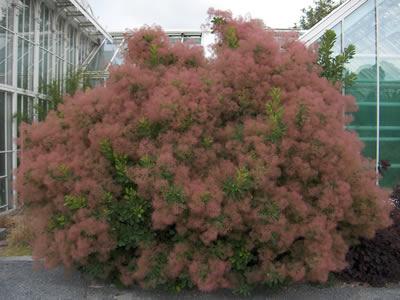
Common mackerel loves dry places that are well warmed by the sun. Has the following characteristics:
- It does not require special soil
- In nature, it most often grows on rocky slopes.
- They drop her off on flattering soils clay base
Sometimes the plant serves as a strengthening of ravines, as it has an extensive root system. If moisture constantly stagnates, the plant will begin to die. It doesn't like excess water.
If a person is planting mackerel, and the space is open, then shelter should be provided in winter. An older plant tolerates cold well, which cannot be said about young plantings. Frost can harm them. Because of this, mackerel is planted in the spring so that it has time to adapt and prepare for winter.
The plant is propagated in different ways. Layers are used. To do this, cut the lower branch, bend it slightly, and fix it in the ground. After this, over time, roots begin to sprout. Then you should separate the new plant from the main bush. This is done carefully.
There are other methods of propagation, for example, using root shoots. Green cuttings are mainly used to produce a new plant. They are harvested in the first half of summer. To do this, it is worth soaking the cuttings for half a day in a heteroauxin solution.
After this procedure, the greenhouse is ready for planting. Cuttings do not germinate instantly; this will require a long time and little care, since the mackerel should be watered frequently at first.
Use and seeds for propagation. This method is considered the simplest. To do this, you need to wait for the fruits to appear; this period falls in August. They look like small drupes with veins. Sowing of collected fruits should take place either in spring or autumn. In the first case, stratification is also carried out.
Rules for caring for scumpia
No special care is needed for this plant. If it has just been planted and the weather is very dry, it is recommended to provide weekly watering. Older shrubs will be able to calmly survive drought. Moisture is retained longer if you mulch the soil around the mackerel. This plant will easily survive the winter, and diseases or pests rarely affect it.
The only thing to be wary of is verticillium wilt. This is caused by fungi, after which the leaves wither and the shoots die. In this case, gardeners recommend cutting off branches that are damaged.
Mackerel needs to be pruned after a while, especially if it is an ornamental variety. This will make the branches of the bush grow better, and the leaves will increase in size. The main thing is not to overdo it, as frequent pruning will reduce the flowers.
Important trim busheswho are not tall. For example, such is the Royal Purple variety, which does not grow more than 3 meters. By the way, it has very beautiful leaves that turn bluish until the end of autumn. But the Notcutt`s Variety variety does not grow more than 1.5 meters at all; their flowers are purple.
Garden design and beneficial properties
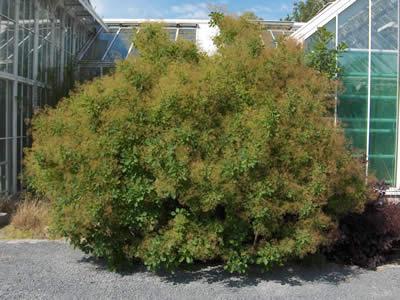
The plant surprises with its changes throughout the summer, until late autumn. Because of this, this shrub is often used to decorate the garden. When combined with other trees and bushes, it creates a beautiful landscape. Gardeners recommend combining mackerel with coniferous trees, as together they look harmonious. You can also try planting this shrub with plants whose foliage is brightly colored.
But when planting with other trees or garden plants, it should be remembered that mackerel does not like cramped conditions, it needs space. It should also be taken into account that after a few years a small seedling will turn into a tree of paradise. Therefore, it is better to plant it alone, it looks more expressive.
Beneficial features
In addition to the beauty that skumpia gives, it is also used for useful purposes. The leaves of the plant are rich in tannins, which have been valued by people since ancient times. All parts of the bush are effectively used:
- The bark is used to make yellow paint.
- Wood is used to make tools and crafts
- Shoots are needed for tanning leather
- Branches and roots are taken for medicine recipes
Also done decoctions and infusions, which are later used for external use. The resulting product relieves inflammation, skin diseases, removes ulcers and ulcers. It is even used as a pain reliever for toothache.
The leaves also serve medicinal purposes. Tannin and gallic acid are extracted from them. Tannin is used in medicine as an antiseptic, astringent drug that relieves inflammation. Medicines that contain it are used to treat diseases of the larynx, nose, stomach, and burns.
There are many other diseases for which this wonderful plant is used. In addition to its medicinal properties, it pleases with its beauty.
Admire the beauty of the common mackerel in the video:
Interesting information about the vegetable garden

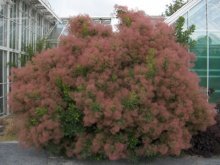

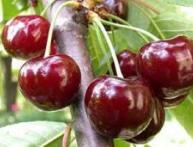
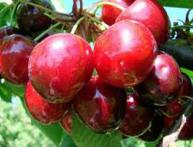
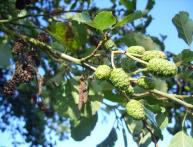
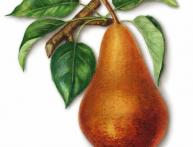
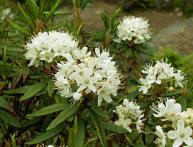
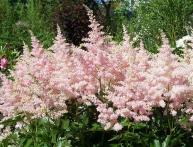
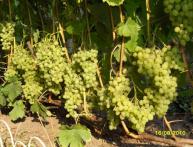
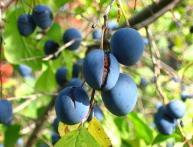
Comments
I planted mackerel several times, but it doesn’t want to grow in the rich soil (we have black soil), it gets sick and withers.